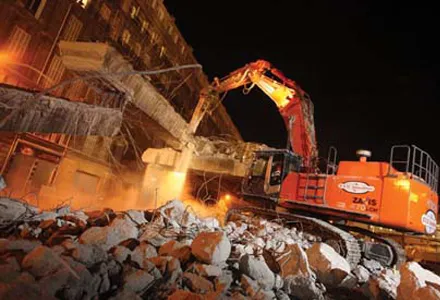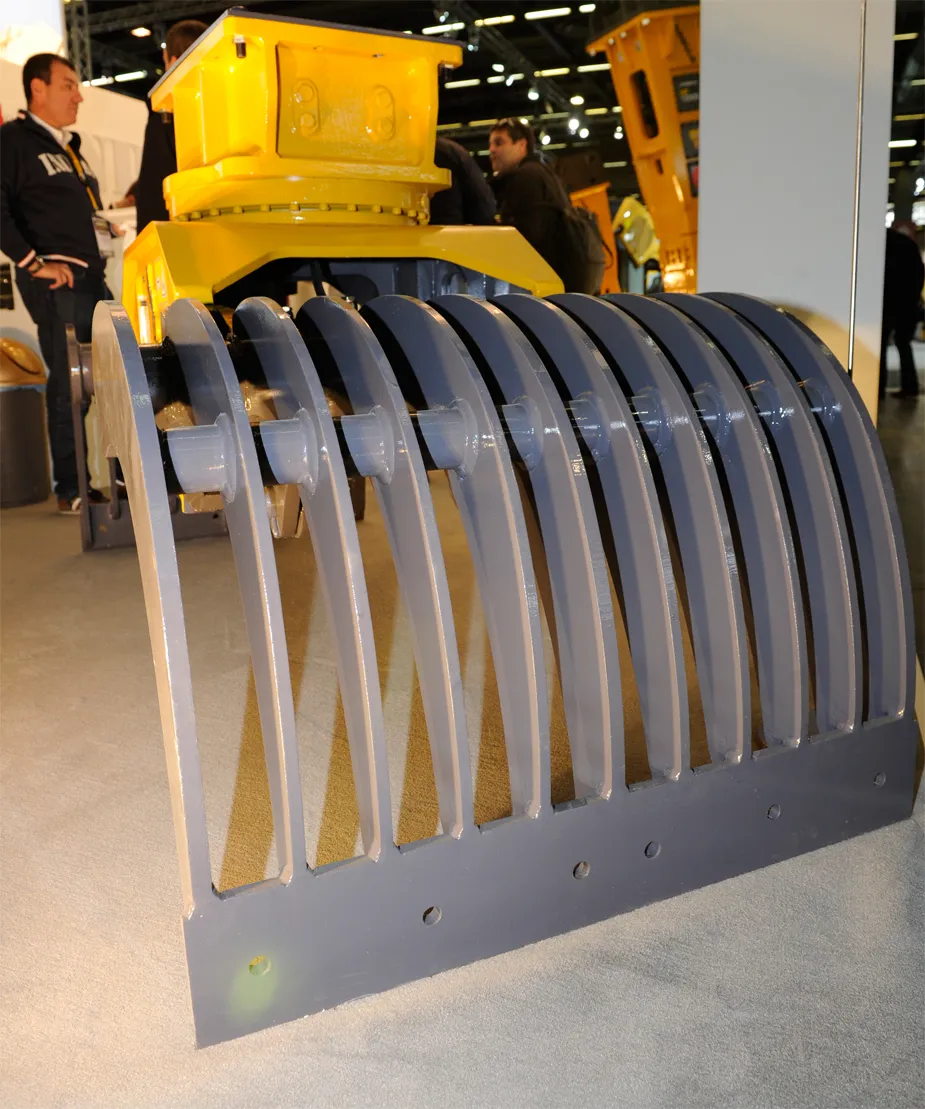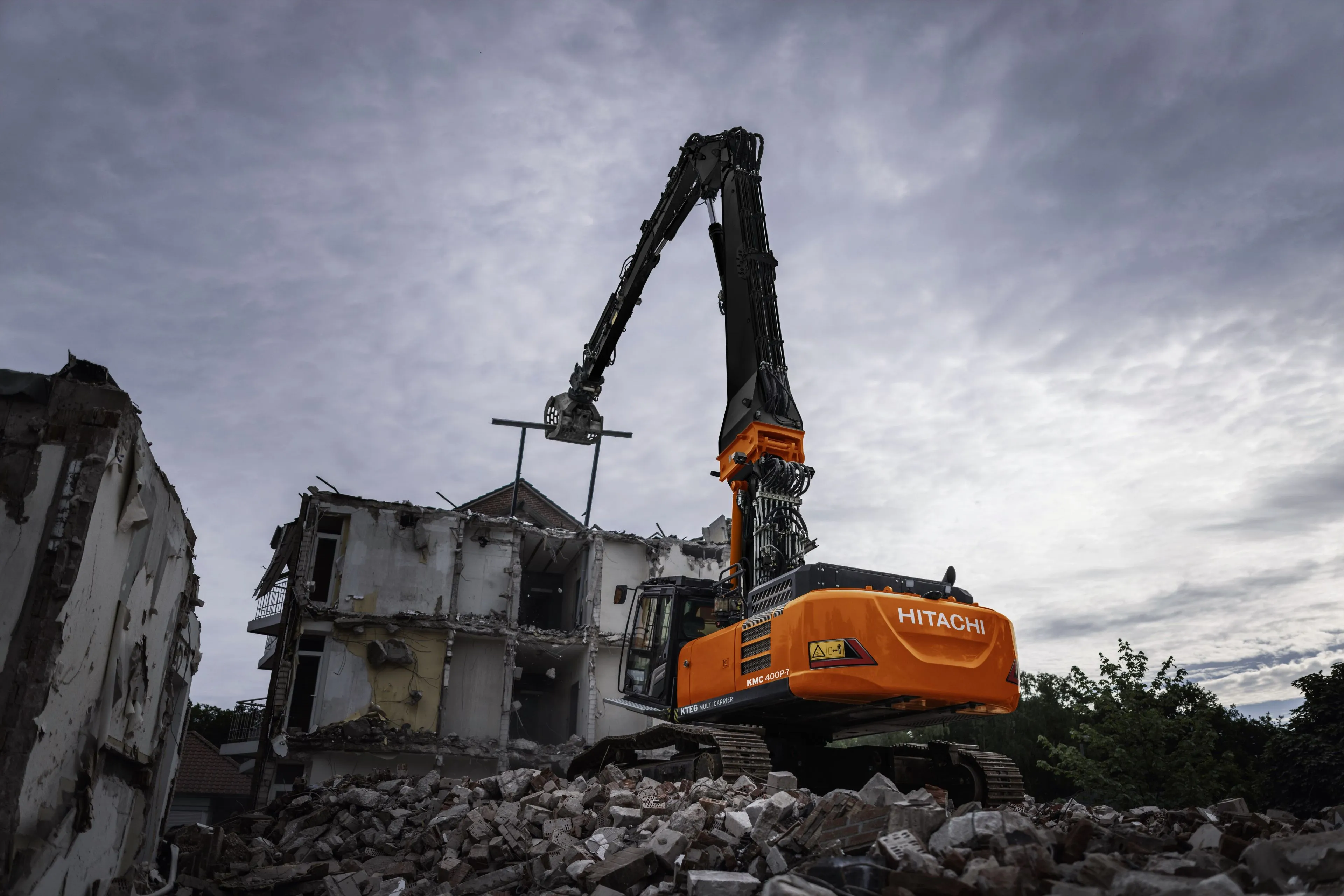French contractor DSD Démolition was one of three firms that worked on the recent demolition of the A55 highway flyover in Marseilles, France. The 20-year-old flyover stood near the harbour and formed part of a main route through Marseille leading to Lyon and Avignon. However, it was an ugly structure and spoiled the city's landscape so as part of the wider regeneration taking part in Marseille's harbour, the 1.3km bridge had to be demolished within three months. DSD Démolition had two operators for each of
February 22, 2012
Read time: 2 mins

French contractor DSD Démolition was one of three firms that worked on the recent demolition of the A55 highway flyover in Marseilles, France. The 20-year-old flyover stood near the harbour and formed part of a main route through Marseille leading to Lyon and Avignon. However, it was an ugly structure and spoiled the city's landscape so as part of the wider regeneration taking part in Marseille's harbour, the 1.3km bridge had to be demolished within three months. DSD Démolition had two operators for each of its machines and worked around the clock to complete the project on time. Demolition work was carried out at night by a total of eight machines, when the nearby road was closed, and rubble was cleared away during the day by six machines.
DSD Démolition used four233 Hitachi excavators on the site. The bridge was demolished by a ZX470LCH-3 and ZX250LCN-3, which were both fitted with hydraulic hammer attachments, protective guards and lights to work through the night. The ZX470LCH-3 was equipped with a quick coupler to change between a standard and 26m high-reach boom. A ZX350LCN-3 fitted with a rotating concrete breaker attachment was used for crushing large concrete blocks into smaller pieces and clearing the site. An older ZX350LC with shears was used to cut concrete and steel bars.
Now the bridge has been demolished, work can start on the construction of a 1.2km tunnel beneath the road where it once stood. This will connect to an existing tunnel that runs beneath the old harbour.
DSD Démolition used four
Now the bridge has been demolished, work can start on the construction of a 1.2km tunnel beneath the road where it once stood. This will connect to an existing tunnel that runs beneath the old harbour.








